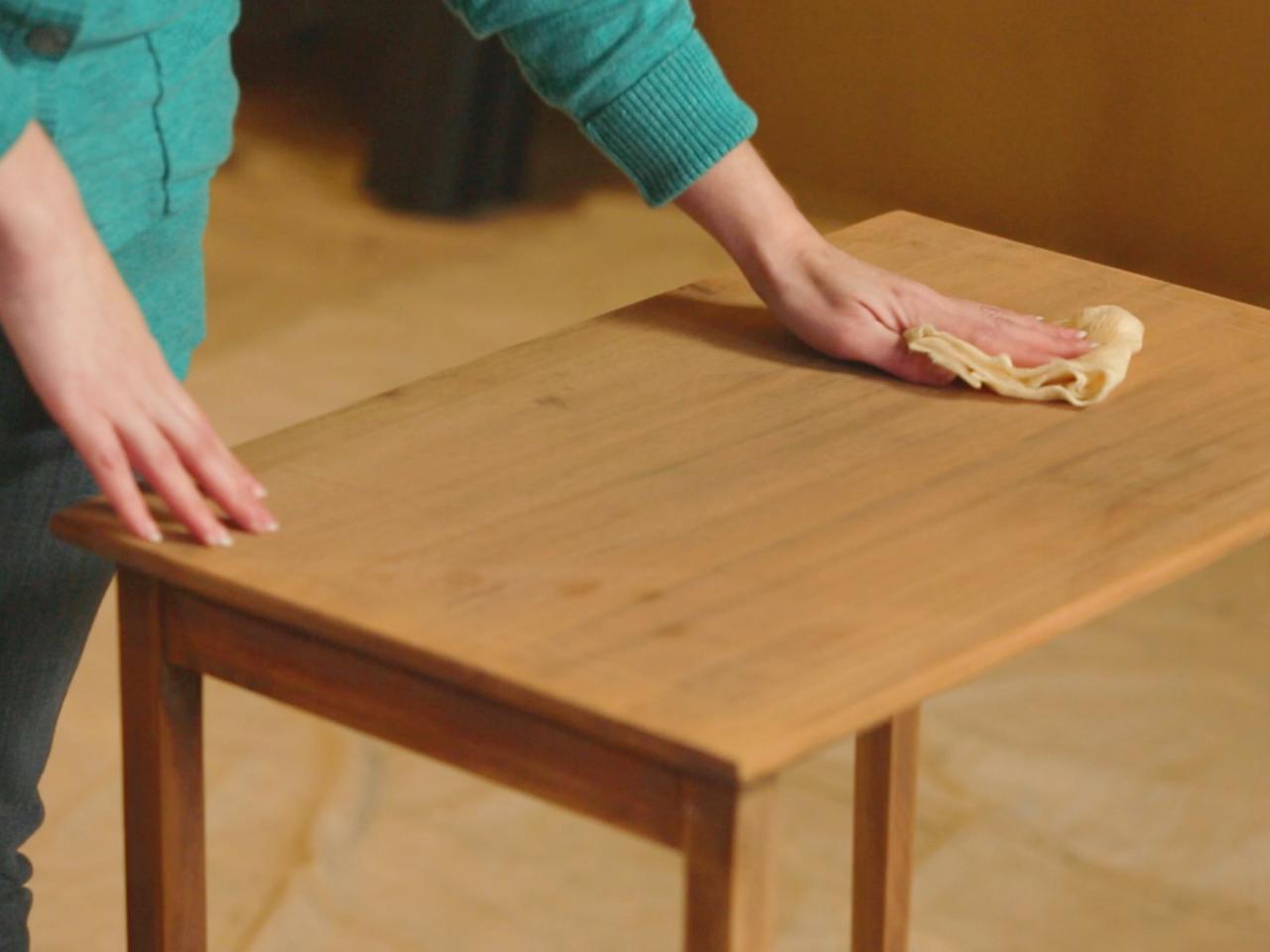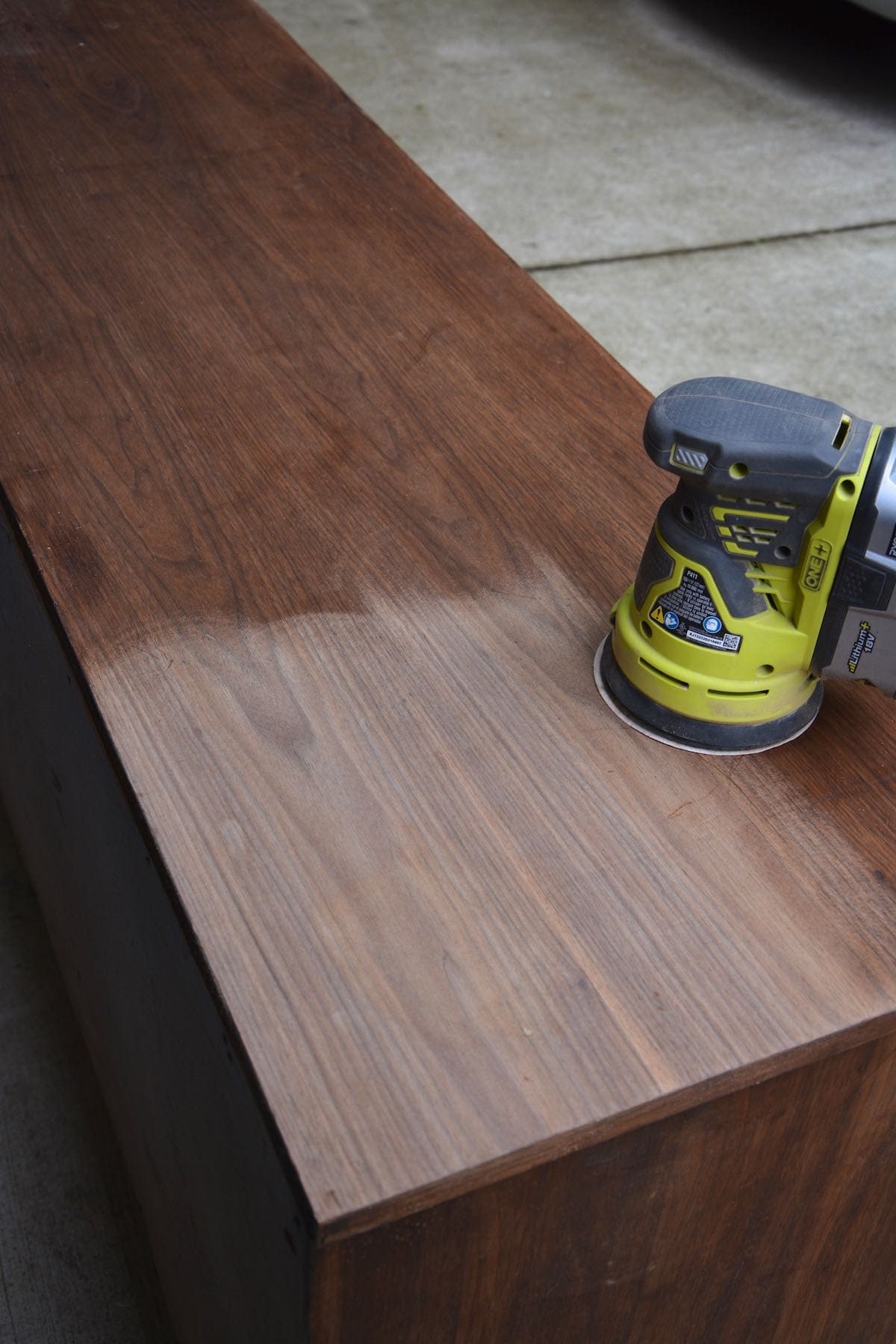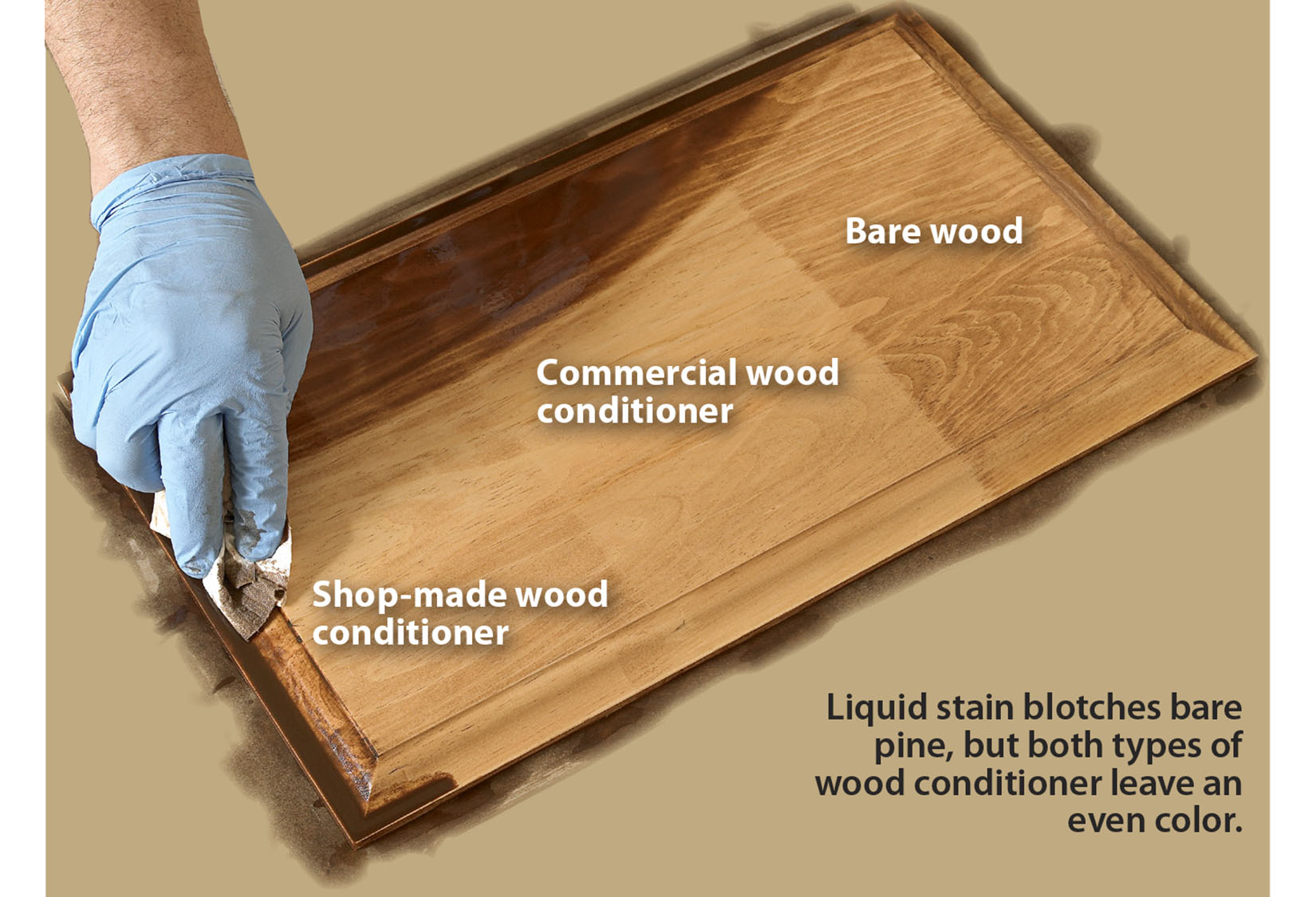How To Clean Bare Wood After Sanding

Cut your tack cloth into small squares and lightly wipe over all the wood surfaces.
How to clean bare wood after sanding. If you plan on using an oil-based stain you must use the oil-based Minwax Pre-Stain Wood Conditioner. The mineral spirits will clean any grime or grease off of your surface making it ready for painting or staining. Using a soft-bristle attachment thoroughly vacuum the floor baseboards and windowsills.
Always Remove Dust After Sanding. It is good to use a shop vac to clean the surface between sanding grits removing the larger grit particles from the wood before sanding with the next higher grit. There are approved methods you can use to clean the dust before applying a polyurethane sealant or staining the surface.
To remove those last bits of finish palm sand with medium sandpaper 150 grit until you see the bare wood. Whether youve just installed a wood floor or added some fresh trim to your windows or doorways or even built a craft or furniture piece from scratch you may find yourself in a situation where the unfinished wood needs cleaning but you want to use something that wont affect. It is the primary tool to clean the woodwork.
Before doing anything else with your woodwork rub a tack cloth over the entire surface of the wood to remove the dust and residue. It is a great tool for cleaning a large portion of dust from surface areas too. Use a good vacuum and then a tack rag to wipe the surface clean of any contaminants.
Then switch to fine sandpaper 200 grit until the entire piece is uniform. Also the brush fibers could clean dust from tricky holes or corners. Once youre done sanding make sure youve gotten rid of ALL the sanding dust before you do anything else.
Using a tack cloth can also confirm that your wood surfaces have been properly sanded. Wipe the surface thoroughly with a a wet cloth. Inspect the tack cloth periodically to see how much dust you are collecting and change the tack cloth whenever it gets dirty.



















